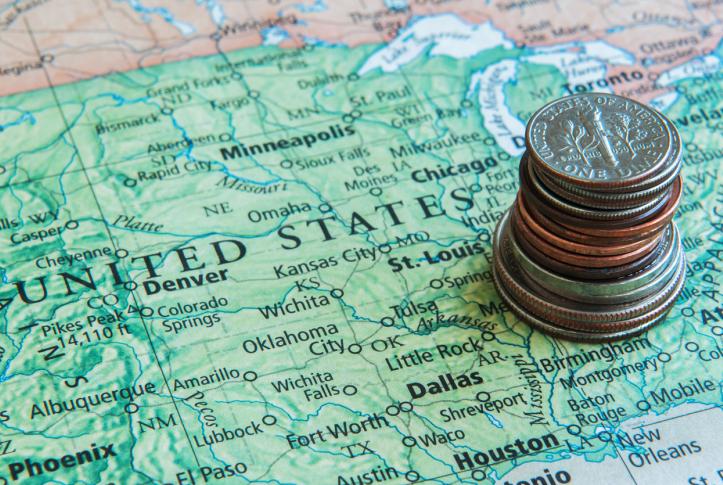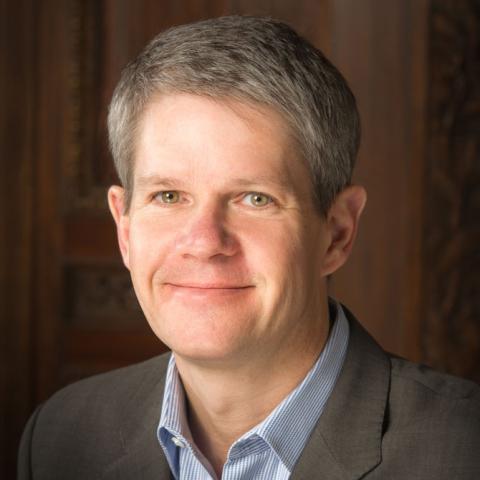An earlier version of this blog post was published on July 24, 2018.
Few states have expanded Medicaid eligibility under the Affordable Care Act (ACA) since 2016, but a new trend may accelerate the pace of adoption. Last year, voters in Maine used their state’s citizen-initiated ballot referendum process to pass Medicaid expansion, and this November, four states will follow Maine’s lead. On Friday, Nebraska’s Secretary of State certified that supporters had collected enough signatures to put the question of Medicaid expansion to voters on Election Day. Nebraska joins Idaho and Utah, both of which will have Medicaid expansion on their November ballots. And late last month, the Secretary of State in Montana announced that an initiative that would permanently reauthorize the state’s Medicaid expansion, which took effect in January 2016 but is scheduled to sunset in 2019, had qualified for the ballot there.
Long Road to Medicaid Expansion
More than 50 years ago, Medicaid was created as a jointly funded partnership between the federal government, which establishes parameters, and the states that administer it. While there was a lag between passage of the statute and adoption of the program by all states, the path to Medicaid expansion under the Affordable Care Act (ACA) for individuals with incomes up to 138 percent of the federal poverty level has been far more circuitous.
After Medicaid expansion under the ACA became a state option in 2014, 24 states and the District of Columbia opted for it immediately. By the summer of 2016, seven more states had signed on. Since then, no state has implemented expansion. This pause is likely due, at least in part, to federal efforts throughout 2017 to repeal the ACA, including full repeal of the Medicaid expansion, converting federal funding for the program to block grants, and substantial cuts to federal funding.
Whatever the fate of the ballot initiatives, at least one more state will implement Medicaid expansion next year. This spring, legislators in Virginia voted to expand Medicaid after years of deliberation. Up to 400,000 Virginians are expected to become newly eligible for coverage on January 1, 2019.1 More than a quarter of them are adults who are currently uninsured because they fall into the “coverage gap”: their incomes are too low to qualify for premium assistance in the marketplace, yet they’re ineligible for Virginia’s existing Medicaid program.2
A Good Deal
From a fiscal perspective, the case for expansion is compelling for states. After covering 100 percent of the costs of newly eligible Medicaid enrollees through the end of 2016, the federal government currently pays 94 percent of the state costs of Medicaid expansion (dropping to 90 percent in 2020). In 2018 alone, the federal government will provide $59 billion to fund Medicaid coverage for people made eligible for the program under the ACA, according to the latest Congressional Budget Office projection.3
By contrast, the 17 states that have yet to expand Medicaid will leave an estimated $331 billion on the table by 2022, an Urban Institute analysis projected.4 Florida and Texas would each forgo $66 billion in federal support from 2013 to 2022.
One concern voiced by leaders in states that opt not to take up Medicaid expansion is that their state can’t afford their its share of the costs, particularly after the federal matching rate drops to 90 percent. But in each of the four states weighing ballot initiatives, financial impact analyses project that a considerable chunk of the state’s new spending for Medicaid expansion in 2021 and beyond will be offset by savings from other state programs, such as those that currently fund uncompensated care. In Utah and Montana, the initiatives create new sources of revenue projected to further whittle down — and in the case of Utah, completely pay for — the state’s share of expansion costs.5
In addition to states, Medicaid expansion has helped local providers. In recent years, Commonwealth Fund research has found that safety-net hospitals in states that have expanded Medicaid have seen greater reductions in uncompensated care costs than safety-net hospitals in nonexpansion states; they’ve also had greater increases in Medicaid revenues.6
Expansion Improves Access to Care
Ultimately, of course, Medicaid expansion has helped many individuals. In Washington State, for example, the uninsured rate among very low-income adults is now about half the rate in Idaho, although uninsured rates among this group in both states were similar prior to the ACA’s coverage expansions.
As Commonwealth Fund–supported research on residents in expansion states has shown, insurance helps people access and afford needed care. Medicaid coverage, in particular, has been linked to better self-reported health, increased receipt of preventive care and regular care for chronic conditions, and fewer problems paying medical bills or affording prescriptions.7
Strong Public Support for Expansion
Medicaid expansion is popular in both expansion and nonexpansion states. Nationally, about two-thirds of voters believe it is the right thing to do.8 Maine’s Medicaid expansion law passed by a decisive 18 percentage points. A poll of likely voters in Virginia conducted at the end of last year found 83 percent of respondents supported expansion.9 Public opinion polls in nonexpansion states, where available, show that voters’ views and those of their state governments are not aligned. One poll found 62 percent of Utahans support putting the question of expansion to voters.10 Sixty-seven percent of Florida voters have expressed approval for expansion.11
Initiatives Not an Option in Every State
Voter initiatives will not be the silver bullet that brings expansion to all 50 states. Of the 17 states that have yet to expand Medicaid, eight do not allow voter initiatives or popular referendums.12 Among some states, Medicaid expansions prompted by voter initiatives would have to be implemented by the same legislatures or governors who opposed expansion in the first place. As we’ve seen in Maine, where Governor Paul LePage continues to refuse to implement its voter-approved expansion, this can be a considerable obstacle. Nevertheless, as demand for affordable health care grows and policymakers weigh their options, we may see more states consider ballot initiatives. We’ll know in November whether or not these latest efforts are successful.




